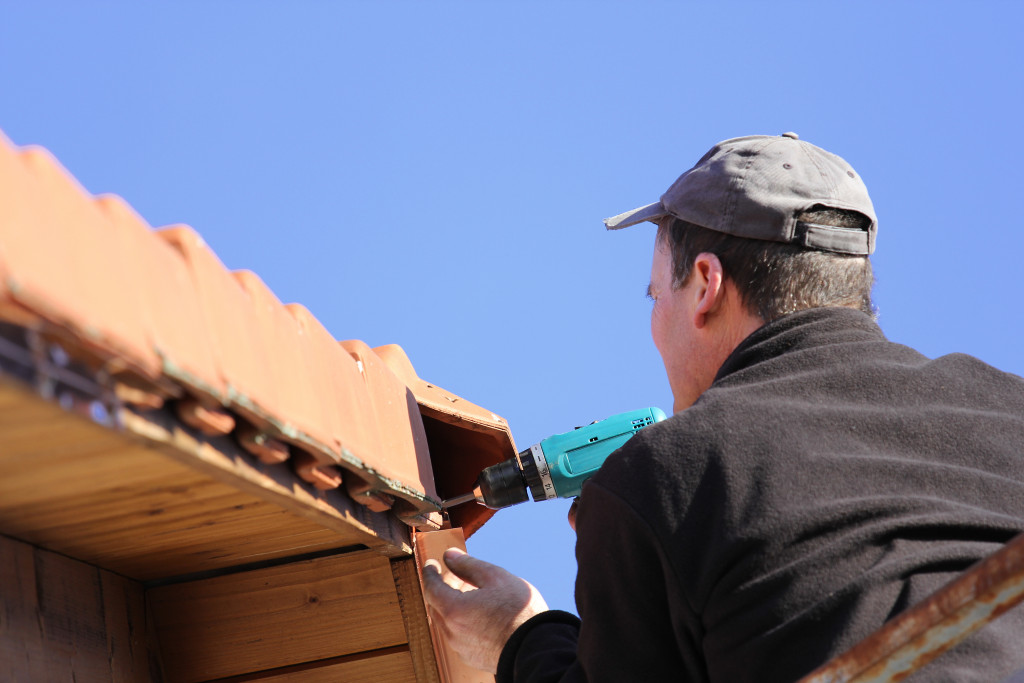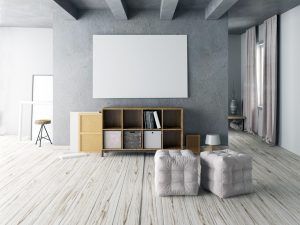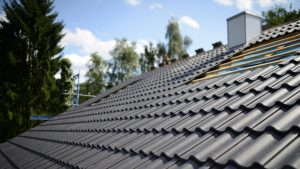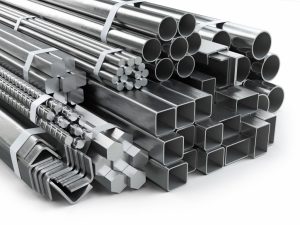Environmental preservation has been at the forefront of designers’ minds to contribute to the fight against global warming. Builders and designers have been using alternative building materials that are more earth-friendly and sustainable in the long run. The idea is to keep our carbon footprint as minimal as possible.
And as we have seen bluer skies and clearer waters over the past year that we’ve been in a pandemic, the construction industry intends to keep it as it is by its continued use of sustainable building materials.
Top Sustainable Building Materials for 2021
As we hit the halfway mark of 2021, many economies have already reopened, albeit at a limited capacity. We’re now adapting to a new kind of normal that somehow keeps us protected from the coronavirus yet also allows us to have some semblance of pre-COVID-19 normalcy.
As people go back to work and life goes on, the construction industry has also begun to rebuild — no pun intended — and regain the momentum that it lost a little over a year ago. Now, different companies involved in construction — from expert general contractors to reputable siding companies — all outsource, recommend, and incorporate green architecture into their projects.
Here are some of the top alternative eco-friendly materials that most builders are using this year:
-
Cross-laminated Timber (CLT)
Cross-laminated and heavy timber isn’t new. In fact, these are old materials that have regained popularity in recent years. These are mainly used as framing materials that have gained traction in urban communities. They are good materials of choice because not only do they help save the environment, but they also save people money.
-
Straw Bale
Because straw bales are made from agricultural waste, they are relatively cheaper compared to other conventional building materials. They make great insulation that will keep your home cool in the summer and warm in the winter. Plus, they are fire-resistant and have a unique aesthetic appeal.
-
Rammed Earth
Rammed earth construction is one of the most primitive but highly effective ways of building. Think Great Wall of China. It’s that good. And now, it has found its way into modern construction. One of its best qualities is that it functions as some thermal storage that harvests warmth during the day and releases it into the house at night.
-
Wool Insulation
While fiberglass insulation is effective as it is, wool insulation offers an additional 10% insulating factor. This means that you will be 10% warmer in winter and 10% cooler in summer. Builders like using wool because it is safer to install and compostable once it has outlived its use.
-
Bamboo

What makes bamboo a very reliable sustainable material is it has the qualities of wood but grows as fast as grass. It can be used in many ways around the house, from lumber to flooring to countertops.
-
Structural Insulation Panels (SIPS)
Prefabricated materials also have some environmental merit, especially structural insulation panels or SIPS. SIPS is one of the most airtight building materials today, which means less energy consumption in keeping a building or house well-insulated.
-
Bark Siding
Although it is not as widely used as the other materials on this list, the bark is a durable, cost-effective, and sustainable one. Its unique characteristics also give it an aesthetic appeal that adds to the overall impact of a structure.
-
Solar Tiles
When we say solar tiles, we’re not talking about those oversized and outdated panels from years ago. Nowadays, solar panels are a lot smaller but can still generate a significant amount of juice to power up anything from lighting fixtures to appliances at home.
-
Smart Glass
One of the most innovative materials on the market today is smart glass. This revolutionary product is designed to utilize the energy emitted by the sun by changing its light transmission properties depending on how heat and light are absorbed. Basically, it turns lighter during colder weather and darker during warmer climates. This means that homeowners or building owners who utilize this technology get to save up on heating and cooling costs throughout the year.
-
Living Roof
Green roofs are fast becoming a favorite in the construction industry today. Clients are asking builders to incorporate vegetated roofs into their structures not only for their aesthetic value but also for their ecological value.
Making this world a better place is not just a job for designers and builders. We should all do our part to help the earth heal. Let’s do our best to hand it to the next generation in a much better state compared to when it was passed on to us.






